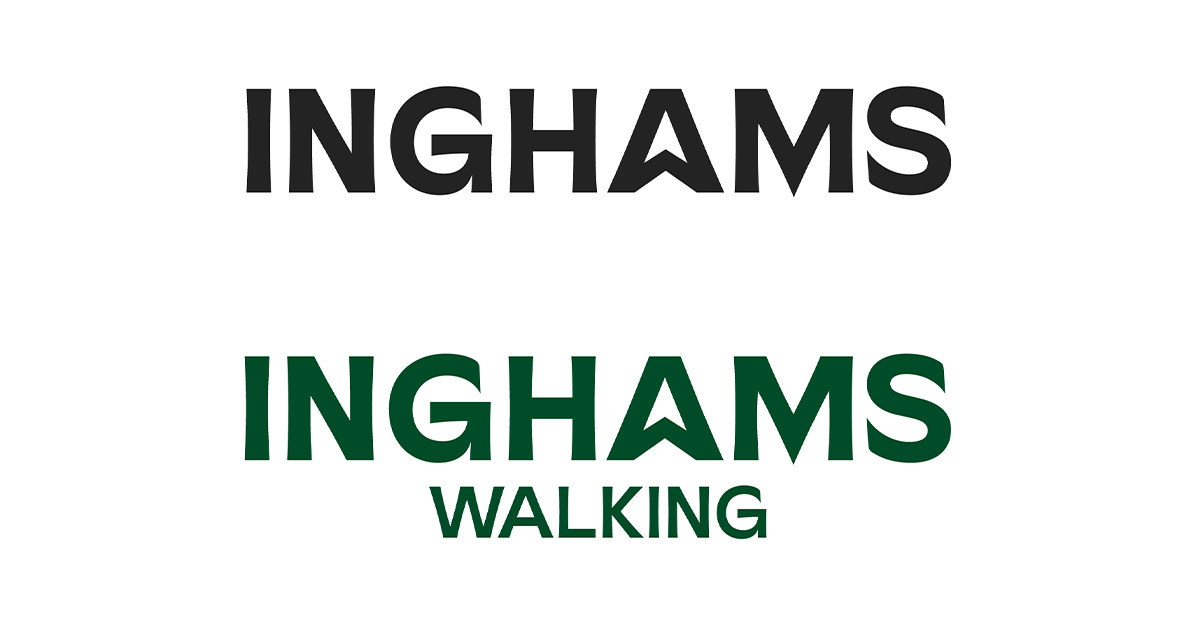Inghams has revamped its summer programme under a new Inghams Walking brand in a bid to attract younger customers.
The operator is focusing on guided walks, centred mainly on one or two locations. The walks will not have fixed itineraries.
The Inghams Walking summer brand, which will stand alongside Inghams Ski and Inghams Lapland winter programmes, aims to “build on the operator’s long walking heritage and expertise”.
More: Inghams’ ski sales ‘well and truly better’ than pre-Covid
The revamp follows Mintel research that showed 28% of respondents were interested in walking holidays and 19% had been on one.
Marketing director Anne Williams said the company wanted to attract more customers in the 45-50 age group, adding: “We looked at how we could adapt the summer programme to make it more appealing to a younger audience. The overwhelming sentiment with the summer [packages] was that Inghams was a brand for older people.”
Under the new approach, Inghams will seek to appeal to “outdoor lovers”.
“It’s for people who love to holiday as much as they love to walk,” Williams said, adding: “You don’t have to be an experienced hiker.”
The revamp of the summer programme is part of a broader company refresh spanning new logos, website and brand imagery.
This has been accompanied by a travel agent campaign, which began last month with a focus on destinations and will continue in May with a ‘National Walking Month’.
Julie Franklin, head of agency sales, said the trade accounts for half of the operator’s business.
Urging agents to highlight Inghams’ new summer walking focus to customers, she said: “The outdoors appeal is massive.

“Our engagement and aim will be for our trade partners to introduce our product to their customers.”
Agents would benefit from Inghams’ redesigned website, Franklin added, as well as from a series of new posters, leaflets and social media posts.
Inghams’ chief operating officer, John Mansell, said: “It’s not just a rebrand. This is the new Inghams going forward.”
More: Inghams’ ski sales ‘well and truly better’ than pre-Covid
